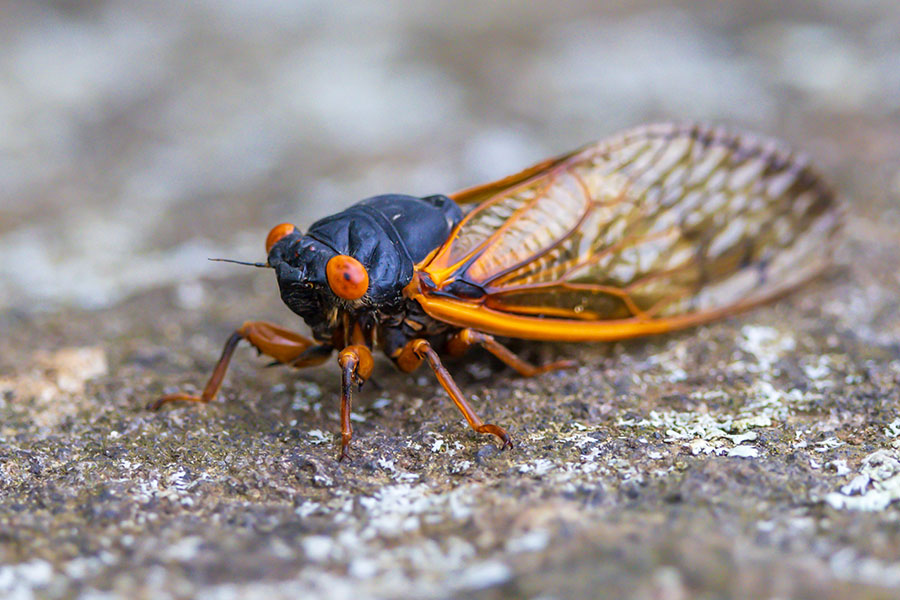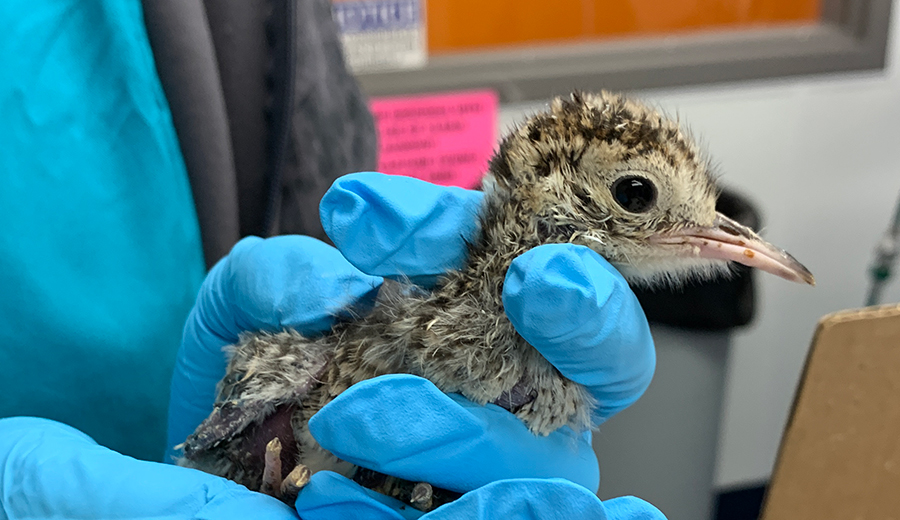Is there anything more sweet and cuddly than weeks-old puppies? Sadly, not every little pup lives long enough to start eating solid food. Dr. Alyssa Baratta-Martin, a veterinarian who recently joined the primary care service at the University of Illinois Veterinary Medicine South Clinic, explains fading puppy syndrome, the term for unexplained failure to thrive in a newborn puppy.
What Is Fading Puppy Syndrome?
“Generally speaking, the period from birth until weaning is when we see fading puppy syndrome,” says Dr. Baratta-Martin. There is no one cause. Rather, many factors may contribute to a pup’s poor health and demise, including inappropriate environment, birth defects, and maternal causes. Umbilical infections can also cause puppies to fade. While dogs of any breed can suffer from fading puppy syndrome, Dr. Baratta-Martin says it is more common in litters from older breeding females.
What to Look For
Symptoms of fading puppy syndrome include not eating well, restless crying, inability to be soothed (especially by nursing), lack of weight gain, and too high or too low temperature. (Puppies have a lower normal body temperature than adult dogs.) Lack of weight gain is usually the first sign there is a problem.
Treatment for fading puppy syndrome depends on the cause or causes, according to Dr. Baratta-Martin. “Infections require antibiotics. Nutritional support with milk replacer and glucose (sugar) supplementation is usually needed,” said Dr. Baratta-Martin. “Temperature regulation is key. Puppies cannot maintain their body temperature themselves, so keeping the environment at the right temperature is vital.”
Congenital problems that contribute to fading puppy syndrome may not be easily fixed, according to Dr. Baratta-Martin. However, she says that if the puppy survives to weaning, it has a chance of a happy life.
How to Minimize Risk
Breeders can take steps to give puppies their best start in life. The mother should have current vaccinations and year-round heartworm preventives to pass on protective immunity to her puppies until they go to their new homes. The puppies’ environment should be kept clean and at an appropriate temperature. Dr. Baratta-Martin also recommends weighing the puppies one or two times daily to make sure they are growing for the first several weeks of life.
When selecting a puppy, potential owners should look at where the puppies are kept. “They should be clean, warm, and thrifty, meaning at a good weight and with a healthy-looking hair coat,” said Dr. Baratta-Martin.
“Most owners get a puppy after it has been weaned,” she says. “Once puppies have stopped nursing and are eating solid food, they have already exceeded the danger for fading puppy syndrome. However, if you think there could be a problem with your puppy, you should see a veterinarian right away, because problems can get worse very quickly at that young age.”
By Alaina Lamp
Feature illustration from photo by Rachel Matta on Unsplash




